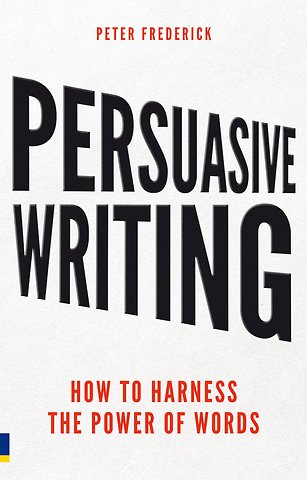Persuasive Writing
How to harness the power of words
Paperback Engels 2011 9780273746133Samenvatting
Struggling to draft a job application that stands out from the rest?
Need to inject some energy into your business pitch but not sure how?
Can't quite figure out what your reader really wants to hear?
Whatever the situation, if you want great results from your writing, you need to get persuasive.
Developed from powerful techniques consistently proven in the world of multi-million pound commercial bid writing, Persuasive Writing reveals the most efficient and effective ways to make your words work, time after time.
Discover how to:
Transform any document into something truly compelling and persuasive
Understand what your reader really wants to hear and use this to get what you want
Combine logic and emotion to convince even the most sceptical reader
Whether you're writing for business or for pleasure, the longest document or the shortest email, with these and many more proven techniques, Persuasive Writing will ensure every word works for you.
"Peter Frederick is a black belt in persuasive writing."
Andy Hasoon, Entrepreneur and CEO of Milamber
Specificaties
Lezersrecensies
Inhoudsopgave
Anderen die dit kochten, kochten ook
Rubrieken
- advisering
- algemeen management
- coaching en trainen
- communicatie en media
- economie
- financieel management
- inkoop en logistiek
- internet en social media
- it-management / ict
- juridisch
- leiderschap
- marketing
- mens en maatschappij
- non-profit
- ondernemen
- organisatiekunde
- personal finance
- personeelsmanagement
- persoonlijke effectiviteit
- projectmanagement
- psychologie
- reclame en verkoop
- strategisch management
- verandermanagement
- werk en loopbaan






